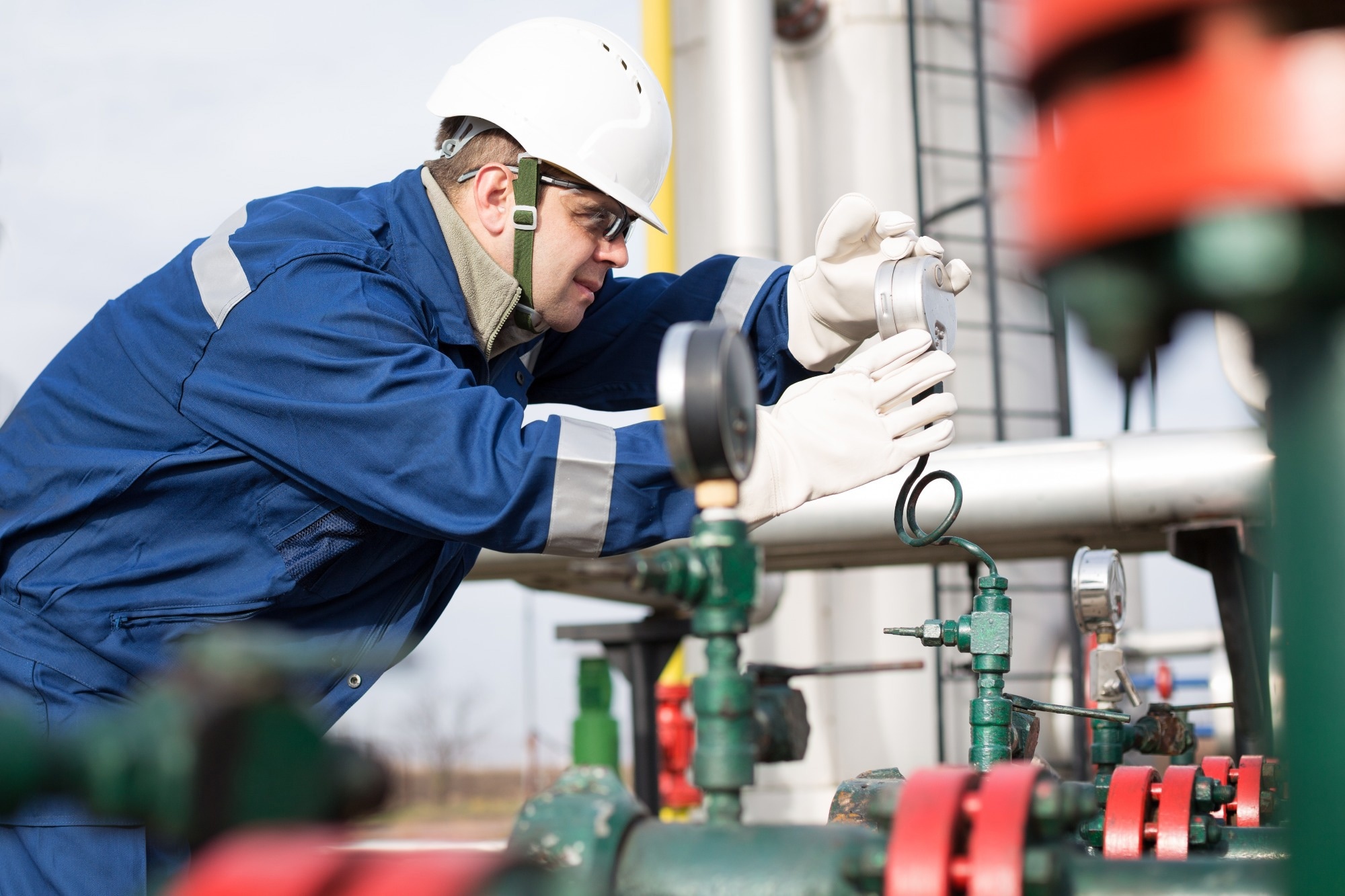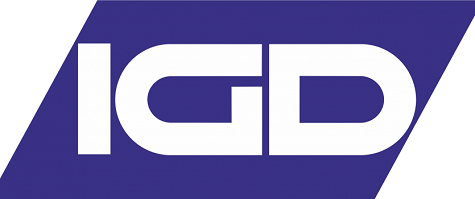In this interview, AZoSensors speaks with Andrew Collier about a cutting-edge 2-Wire Addressable gas detection system, emphasizing its safety and compliance features.
How has gas detector technology changed over the last decade?
Over the past decade, there has been a remarkable transformation in gas detector technology, largely propelled by advancements in digitalization and microprocessor capabilities. Previously, gas detection systems primarily relied on analog detectors, which offered rudimentary on/off alarm signals based on fluctuations in current or voltage. However, the landscape has since evolved dramatically with the introduction of digital technologies.
One pivotal change has been the transition from analog to digital communication protocols between detectors and control panels. This shift has ushered in a new era of intelligent gas detection systems, enabling more sophisticated monitoring and control functionalities. With the integration of digital communication, detectors can now store calibration data locally, allowing for autonomous self-monitoring and adjustment. Consequently, this reduces the need for manual calibration procedures and enhances overall system reliability.
The emergence of 2-Wire Addressable gas detection systems has revolutionized installation practices. These systems utilize a single cable pair for both power supply and communication, significantly simplifying the installation process and minimizing the likelihood of errors during setup. By adopting this streamlined approach, companies can achieve greater operational efficiency and cost-effectiveness in deploying gas detection solutions.
How does IGD stay ahead of these changes?
International Gas Detectors (IGD) stays ahead of changes in gas detection technology through a steadfast commitment to research and development (R&D), coupled with a keen focus on leveraging advancements in digitalization. By allocating significant resources to R&D initiatives, we ensure that our team of software and hardware experts remains at the forefront of technological innovation in the field of gas detection.
Continuous improvement is ingrained in IGD’s ethos, with a dedicated effort to identify areas where enhancements can be made to existing systems or new solutions can be developed. This proactive approach enables us to anticipate market trends and evolving customer needs, thereby positioning the company as a leader in the industry.
Additionally, we place a strong emphasis on staying ahead in terms of technological advancements. By closely monitoring developments in related fields, such as microprocessor capabilities, wireless communication protocols, and sensor technology, we can identify opportunities for integration and optimization.
We prioritize customer feedback and collaboration, actively engaging with end-users to understand their challenges and requirements. This customer-centric approach ensures that our solutions are tailored to address real-world scenarios effectively.
Why is research and development (R&D) key to safe and compliant technology?
R&D fosters innovation and drives continuous improvement in technology. By investing in R&D initiatives, companies can explore new concepts, experiment with cutting-edge technologies, and develop novel solutions that enhance the safety and compliance of their products.
Regulatory standards and requirements in industries such as gas detection are subject to frequent updates and revisions. Through R&D efforts, companies can stay ahead of regulatory changes, proactively incorporating new guidelines into their product development processes to ensure compliance with the latest standards.
R&D enables companies to anticipate and address emerging risks and challenges in safety and compliance. By conducting thorough research and risk assessments, organizations can identify potential hazards, vulnerabilities, and gaps in existing technologies, allowing them to develop proactive measures to mitigate these risks.
R&D involves rigorous testing and validation processes to ensure that new technologies meet stringent safety and compliance requirements. Through comprehensive testing protocols, companies can verify the effectiveness, reliability, and accuracy of their products, thereby enhancing their confidence in deploying these technologies in real-world settings.
Engaging in R&D enables companies to develop customer-centric solutions tailored to the specific needs and challenges of end-users. By soliciting feedback, conducting user studies, and collaborating closely with customers, organizations can incorporate valuable insights into their R&D processes, ensuring that their technologies address real-world concerns effectively.
Can you explain what 2 Wire-Addressable gas detection is?
2-Wire Addressable gas detection is a modern technology that revolutionizes the way gas detection systems are installed and operated. In this system, gas detectors and control panels communicate digitally using only two wires, simplifying the installation process and reducing the risk of wiring errors.
One of the key features of 2-Wire Addressable systems is their daisy-chaining capability, which allows multiple gas detectors to be connected in series along a single cable run. This eliminates the need for complex wiring configurations and reduces installation time and costs.
Additionally, 2-wire systems are polarity-independent, meaning that the direction in which the cables are connected does not affect the system’s functionality. This reduces the likelihood of wiring mistakes during installation.
Each gas detector in a 2-wire system is assigned a unique address, enabling the control panel to communicate with and monitor individual detectors as needed. This addressable functionality allows for precise monitoring, control, and diagnostics of each detector from a centralized location.
2-wire systems can easily integrate with other building management systems and automation technologies using standardized communication protocols such as Modbus and BACnet. This enables seamless interoperability and expands the functionality of the gas detection system.
How does 2-Wire Addressable gas detection improve on previous platforms?
2-Wire Addressable gas detection significantly improves upon previous platforms in several key ways. Firstly, it simplifies the installation process by reducing the amount of wiring required.
Unlike traditional systems that often necessitate multiple cables for power and communication, 2-wire systems use a single cable for both purposes, streamlining the installation process and reducing the risk of wiring errors.
These benefits contribute to greater efficiency, safety, and peace of mind for users across a wide range of industrial and commercial applications.
Can you explain the components of a 2-Wire Addressable gas detection system?
A 2-Wire Addressable gas detection system comprises several essential components. First, there are gas detectors strategically positioned throughout the facility to detect hazardous gases. These detectors are equipped with addressable technology, allowing them to communicate with the central control panel via a 2-wire connection.
Next, there is the control panel, which serves as the nerve center of the system. It receives data from the gas detectors, processes it, and triggers appropriate responses in case of gas leaks or other dangerous conditions. The control panel also provides user interfaces for configuration, monitoring, and managing alarms.
2-wire cabling is used to link the gas detectors to the control panel. Communication protocols like Modbus and BACnet facilitate data exchange between the gas detectors and the control panel, enabling seamless integration with other building management systems and automation technologies.
Additionally, gas detectors in a 2-wire system may feature input/output (I/O) points for expanded functionality. These I/O points allow the detectors to interface with other devices or sensors, such as temperature sensors or emergency stop buttons, enhancing the system’s capabilities beyond basic gas detection.

Image Credit: ZoranOrcik/Shutterstock.com
What are the benefits delivered by better integration with other systems?
Better integration with other systems in a gas detection setup offers several benefits. Firstly, it enhances safety by allowing for automated responses to gas leaks or hazardous conditions, such as activating ventilation systems or initiating emergency shutdown procedures. Secondly, it improves efficiency by streamlining workflows and reducing the need for manual intervention, thereby minimizing the risk of human error.
Thirdly, integration enables comprehensive monitoring of facility operations, providing a holistic view that supports better decision-making and proactive risk management. Additionally, it simplifies maintenance by centralizing tasks and allowing technicians to monitor and manage multiple systems from a single interface.
Integration facilitates customized responses tailored to specific scenarios or operational requirements, ensuring that the actions that are taken are appropriate and effective, particularly when it comes to mitigating risks. Overall, better integration optimizes safety, efficiency, and maintenance in industrial and commercial environments, contributing to a safer and more productive workplace.
How does IGD’s 2-Wire Addressable gas detection system achieve 80% more capacity per detector than competing models?
IGD’s 2-Wire Addressable gas detection system achieves 80% more capacity per detector compared to competing models through several key factors. Firstly, the system utilizes digital communication technology, allowing for more efficient data transmission and processing compared to analog systems. This digital approach enables the networking of detectors with fewer cables, reducing installation complexity and minimizing the likelihood of errors during setup.
Secondly, the system’s design incorporates a daisy-chain configuration, where multiple detectors can be connected in sequence along a single cable run. This daisy-chaining capability maximizes the number of detectors that can be linked together on a single circuit, significantly increasing the system’s overall capacity without the need for additional wiring infrastructure.
Thirdly, IGD’s 2-wire system leverages advanced communication protocols optimized for gas detection applications. These protocols ensure fast and reliable data exchange between detectors and control panels, enhancing system responsiveness and performance.
The system’s scalability allows for easy expansion as facility requirements evolve. Additional detectors can be seamlessly integrated into the existing network, further extending the system’s capacity without significant upgrades or modifications.
What would IGD say to consumers considering switching to a 2-Wire Addressable gas detection system?
Switching to a 2-Wire Addressable gas detection system represents a significant advancement in safety technology. Our system offers unparalleled reliability, efficiency, and integration capabilities compared to traditional analog systems. With simplified installation and reduced wiring requirements, customers can expect cost savings and easier maintenance over time.
Our system provides real-time data monitoring and remote access via internet connectivity, empowering users to respond swiftly to potential hazards and ensure the safety of their facilities. At IGD, we are committed to providing state-of-the-art solutions that prioritize safety, efficiency, and peace of mind for our customers.
About Andrew Collier
Andrew Collier has been the Managing Director of the ‘Gas Detectors Ltd’ group of companies since 1996. Originally trained as a design engineer and working in a diverse range of companies encompassing power transmission, Instrumentation, Lens Manufacture and mass spectrometry, Andrew joined the group in 1988.
In 2007 Andrew lead the successful management buy out of the group from the existing owner, Mr Richard Oliver and has continued to develop the company, its team , products and services.
About Andrew Collier
Andrew Collier has been the Managing Director of the ‘Gas Detectors Ltd’ group of companies since 1996. Originally trained as a design engineer and working in a diverse range of companies encompassing power transmission, instrumentation, lens manufacturing, and mass spectrometry, Andrew joined the group in 1988.
In 2007, Andrew led the successful management buyout of the group from the existing owner, Mr Richard Oliver, and has continued to develop the company, its team, products, and services.

This information has been sourced, reviewed and adapted from materials provided by International Gas Detectors Ltd.
For more information on this source, please visit International Gas Detectors Ltd.
Disclaimer: The views expressed here are those of the interviewee and do not necessarily represent the views of AZoM.com Limited (T/A) AZoNetwork, the owner and operator of this website. This disclaimer forms part of the Terms and Conditions of use of this website.